
Large American retailers like Walmart have been forced to raise prices for customers as a result of President Donald Trump’s imposition of broad tariffs on imports, particularly from China and other trading partners. Walmart cautioned that it is financially impossible to fully absorb these tariffs because of its enormous scale, which is dependent on thin profit margins and consistently low prices.
Despite recent decreases from previous peaks of 145%, the tariffs, some as high as 30%, increase Walmart’s expenses on important product categories like toys, food, and electronics. As a result, Walmart has raised prices for the millions of American families who depend on its reasonably priced products.
The Historical Background of Tariffs

By raising the cost of imported goods, tariffs have historically been employed in U.S. trade policy to safeguard domestic industries. Trump has a strategic goal of forcing China and other nations to renegotiate trade terms, which has led to one of the most aggressive tariff waves since the 1930s. After decades of gradual tariff reductions brought about by globalization, this strategy represents a return to protectionism.
Retailers were forced to reevaluate supply chains and costs as a result of the global trade war that these tariffs sparked. But unlike earlier times, today’s highly interconnected supply chains mean that tariffs affect a wide range of products that are essential to regular consumers, increasing the risk to family budgets.
The Financial Reality of Walmart
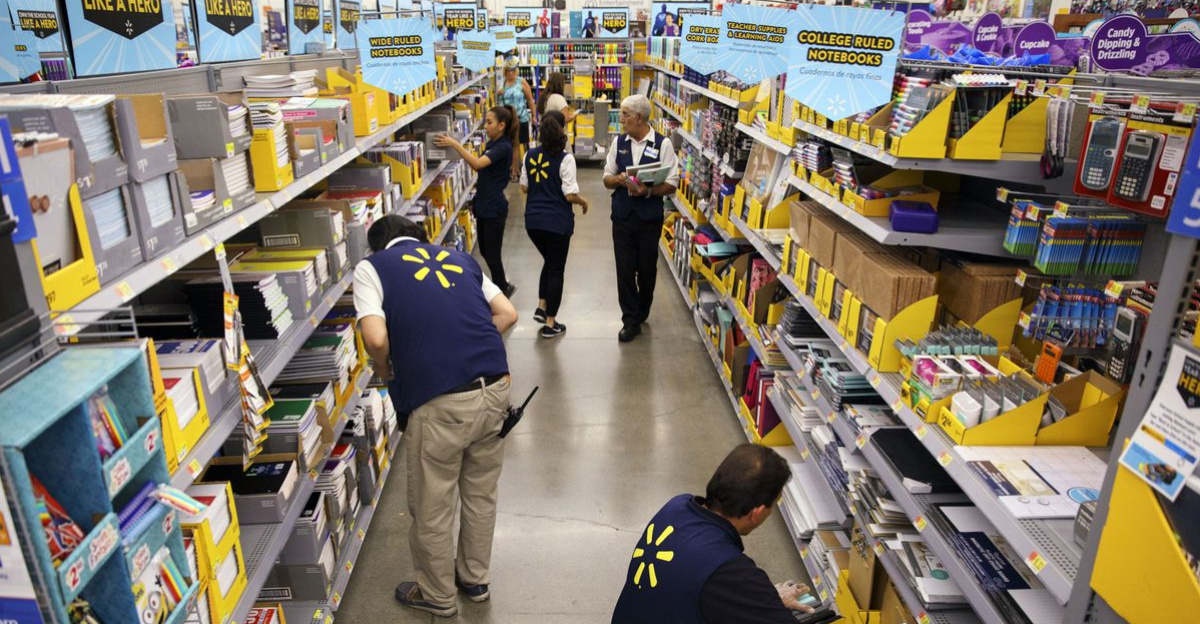
Due to its skinny margins, which average between two and three percent, Walmart cannot afford to absorb significant cost increases from tariffs without raising prices. Despite efforts to “keep prices as low as possible,” CEO Doug McMillon admitted that the size of the tariffs forced them to pass the costs on to customers.
Walmart claims that a third of its products are sourced from tariffed nations, leaving it open to increases in import taxes. Because suppliers are also unable to sustain these increased costs indefinitely, the company’s CFO cautioned customers to anticipate price increases in the near future. As a result, the effects of the tariffs ripple down the supply chain, from the manufacturer to the retailer to the customer.
The Effects of Psychology on American Families

Walmart is a lifeline for millions of American families looking for reasonably priced necessities. Price increases for essentials like food, baby supplies, and home goods cause psychological stress and anxiety in addition to financial hardship. Budgets are adjusted, non-essential spending is reduced, and survival is given precedence over luxuries.
Inflation brought on by tariffs not only reduces purchasing power but also erodes consumer confidence, which can impede economic growth. According to reports, more than half of consumers expect to reduce their spending as a result of tariffs, demonstrating how trade policy affects everyday behavior and creates economic uncertainty for average Americans.
Tariffs as a Two-Sided Weapon

Trump’s tariffs are intended to support American manufacturing and employment by raising the cost of imports and encouraging “reshoring.” But this protectionist policy has a paradoxical effect: families, particularly those who are least able to afford higher prices, bear the brunt of the increased cost burden through retailers like Walmart.
Tariffs act as a regressive tax that disproportionately affects consumers with lower and middle incomes. There are concerns regarding the net societal benefit of such policies because the short-term increase in inflationary pressures and decreased consumer spending power offset the intended benefit to domestic production.
Details of Walmart’s Price Increases
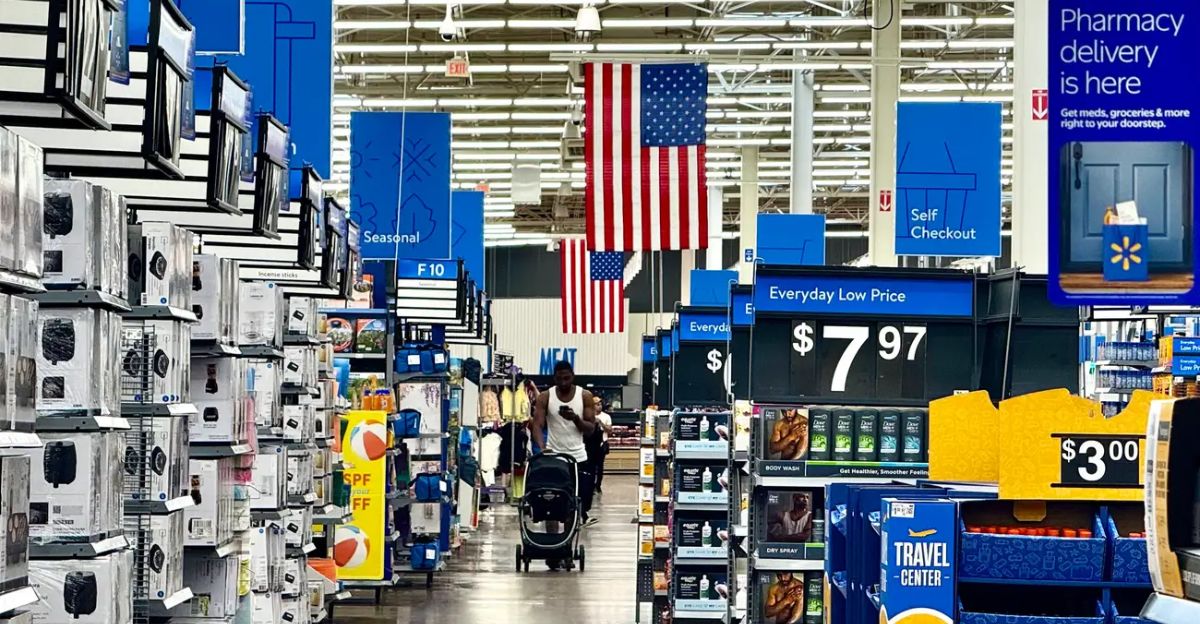
Items like frying pans, jeans, car seats, electronics, and toys have become more expensive since the tariffs were put into place, according to CNBC’s extensive price monitoring. These increases were spread across several departments rather than being isolated, demonstrating the wide-ranging effects of tariffs. Food items, for instance, were impacted by tariffs on imports from Colombia, Peru, and Costa Rica, which added layers of complexity beyond just Chinese goods.
The combined price increases could impact a broad range of everyday consumer goods as Walmart prepares for important sales occasions like back-to-school, increasing the financial strain on families across the country.
Will Walmart Cover the Expenses?
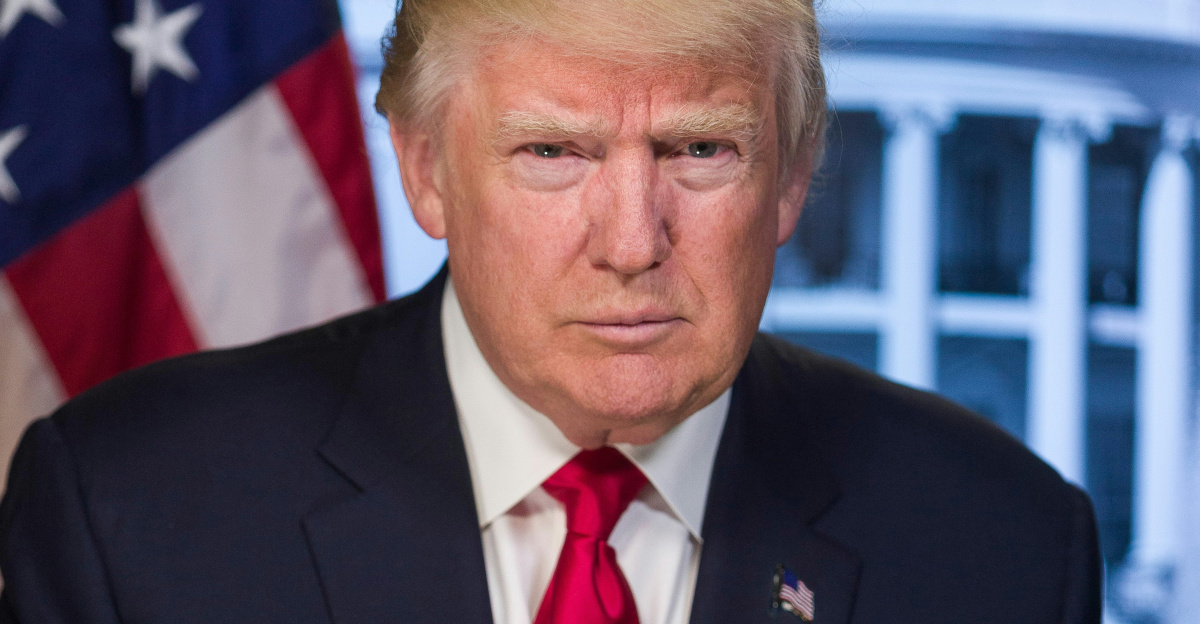
Walmart’s billions of dollars in profits, according to Trump, could protect consumers from price increases, so the company should “eat the tariffs.” However, this expectation disregards economic realities: Walmart’s operational viability, workforce employment, and service levels are at risk if billions of dollars in additional costs are absorbed without price adjustments. Instead of being a cash pile, margins are a fragile buffer for infrastructure, labor, and reinvestment.
Retail staff reductions or supplier bankruptcies could result from price reductions made to keep prices affordable in the face of growing tariff burdens. Trump’s demands may have unintended consequences, potentially harming the very American jobs he seeks to preserve.
Reorganizations in the Supply Chain and the Impact of Second Order
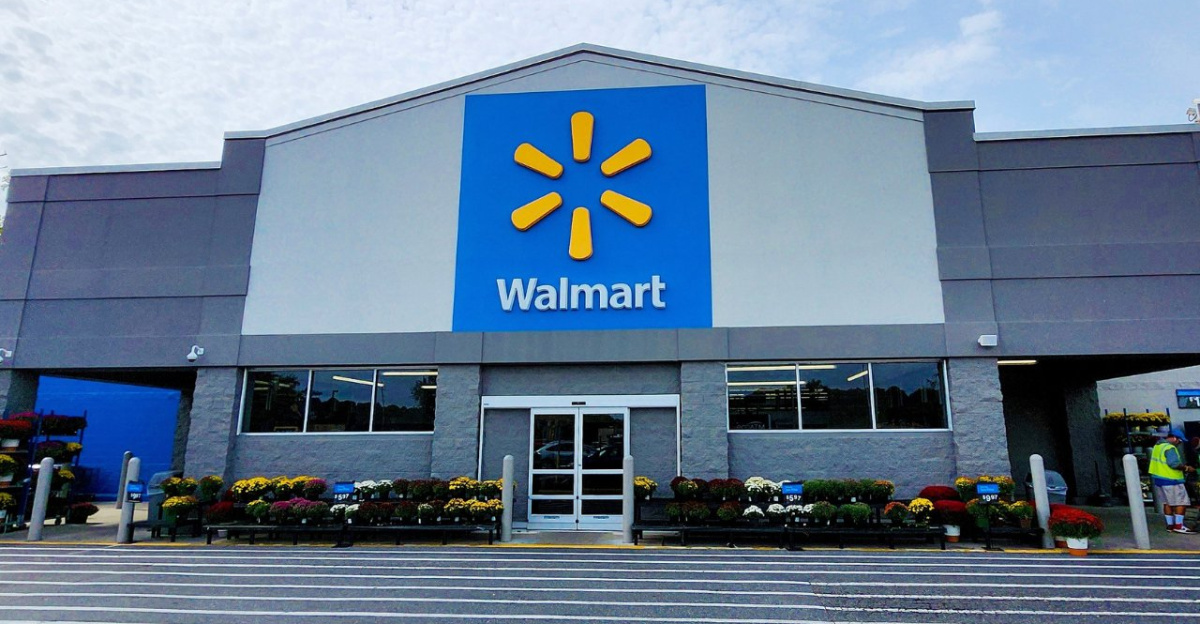
In order to reduce risks, Walmart and other retailers were compelled by the tariff wave to diversify and localize their supply chains. Some production has been moved to nations with lower tariffs, such as Mexico, India, or Vietnam, or repatriated. Over time, this approach might increase domestic production, but it also comes with higher startup, compliance, and logistics costs that are passed on to consumers in the form of higher prices.
Additionally, interruptions during times of transition lead to inventory shortages or irregularities, which negatively impacts customer satisfaction and choice. These operational difficulties show how tariffs have an impact on retail strategy and market dynamics for years to come, going beyond simple price increases.
A Macro View of Trade Wars and Inflation

Inflation brought on by tariffs directly influences more general macroeconomic patterns. According to data from the Federal Reserve, tariffs increased consumer prices by about 0.3% this year, with disproportionate effects on industries that are sensitive to them, such as clothing and household goods.
Interest rates may rise in tandem with inflation, tightening monetary policy, and slowing economic growth as a whole. Costs that Walmart passes on to customers are therefore indicators of more significant systemic conflict in international trade and monetary stability.
Baby Gear Tariffs

Baby products, which constitute essential, non-discretionary spending for families, provide a striking illustration of the effects of tariffs. Young parents were further burdened financially by the tariffs, which raised the price of baby toys, strollers, and car seats. These things, in contrast to luxury goods, are difficult to replace or forgo without endangering the welfare and safety of children.
This case demonstrates the complex ways tariffs impact a range of consumer demographics across the socioeconomic spectrum by highlighting how tariff policies cascade into niche product categories where price increases have disproportionately adverse emotional and practical effects.
Effects of Retail Price Inflation on the Mind and Society

Subtle psychological effects of the tariff-induced increase in Walmart prices include increased consumer vigilance, pessimism about the state of the economy, and changes in spending patterns. Families may become weary of making decisions and put short-term survival ahead of education or investment when necessities become more costly. Such stress can strain mental health and worsen social inequality.
Furthermore, price shocks increase wealth disparities by disproportionately affecting vulnerable groups. As a result, the tariff effect changes the structure of consumer society by affecting American households’ social psychology in addition to their economics.
A Structure for Interpreting Tariff Pass-Through

One helpful model for describing how tariffs drive up prices is the “Cost Absorption-Transmission Framework.” According to this model, tariffs are initially seen as additional cost shocks that are subsequently passed on to customers after being absorbed differently by manufacturers, distributors, and retailers.
Customers are unable to avoid paying higher prices because of Walmart’s narrow profit margins, which result in a near-full pass-through situation. Despite corporate profitability, this framework makes clear the unavoidable economic reasoning behind tariff-induced retail inflation.
The Long Run: Using Tariffs as a Strategic Tool

Despite the short-term pain to consumers, Trump’s tariffs are intended to boost domestic manufacturing and lessen reliance on China. The United States intends to encourage supply chain reshoring, technological advancement, and the creation of local jobs by enacting tariffs. Despite being onerous, Walmart’s price increase is presented as a temporary concession for both national security and strategic economic independence.
Through this lens, tariffs are reframed as investments in a future manufacturing renaissance rather than just cost burdens. Walmart is a prime victim of this geopolitical trade posture, and realizing these advantages calls for perseverance, government incentives, and corporate adaptation.
Unexpected Industry Mix-Up: E-commerce Dynamics and Tariffs

The rise of e-commerce behemoths like Amazon, which have distinct pricing strategies and supply chain flexibilities, also intersects uniquely with the tariff wave. Price-conscious customers may switch to online retailers who can absorb or conceal tariff costs in a different way as a result of Walmart’s tariff-induced price increases. Walmart’s conventional business model is under pressure as a result of this competition, which is changing the retail landscape.
Tariffs also encourage e-commerce companies to expedite inventory localization and strategic sourcing. A complex battleground for consumer dollars and the future of American retail is created by this combination of trade policy and tech-driven retail.
Conclusion
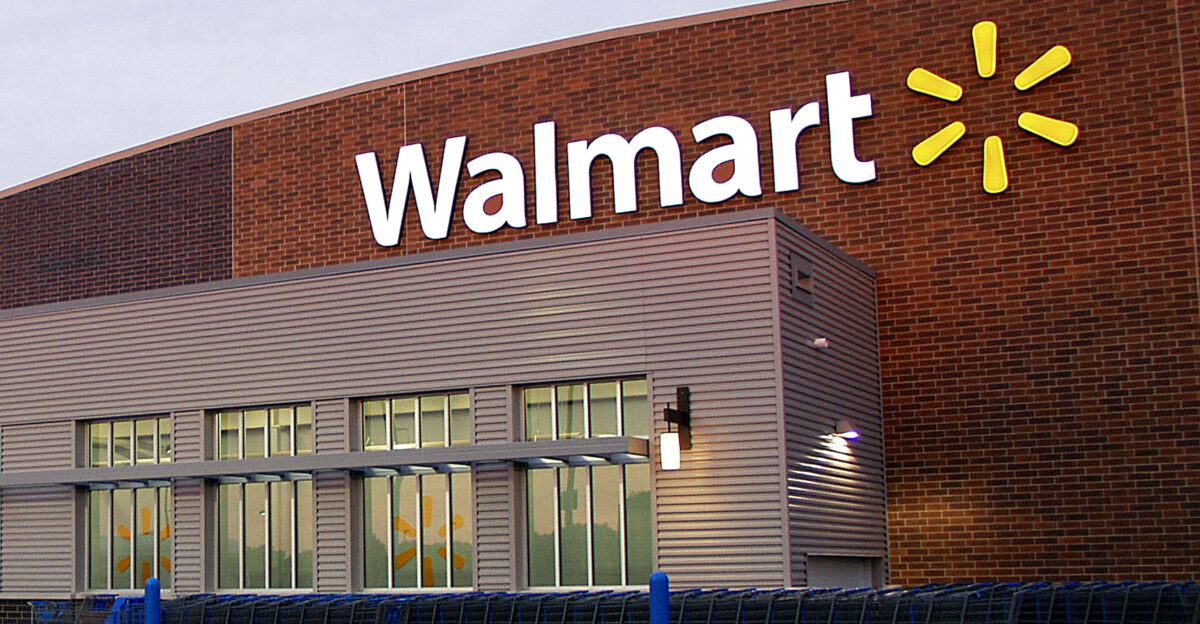
Without a doubt, Walmart is forced to raise prices as a result of Trump’s tariff wave, which puts additional financial strain on already struggling American families. These tariffs reintroduce economic friction that disproportionately burdens consumers, particularly low- and middle-income families who depend on Walmart’s affordability, despite their stated goal of protecting American industry and jobs.
Price increases are unavoidable due to Walmart’s inability to pay the full tariff load, which has negative social, psychological, and financial repercussions. Walmart is paying for the transition, but this unrest is a part of a larger strategic drive for American economic independence. The task at hand involves striking a balance between the potential benefits of protectionism and its tangible, immediate effects on the lives of regular Americans.
